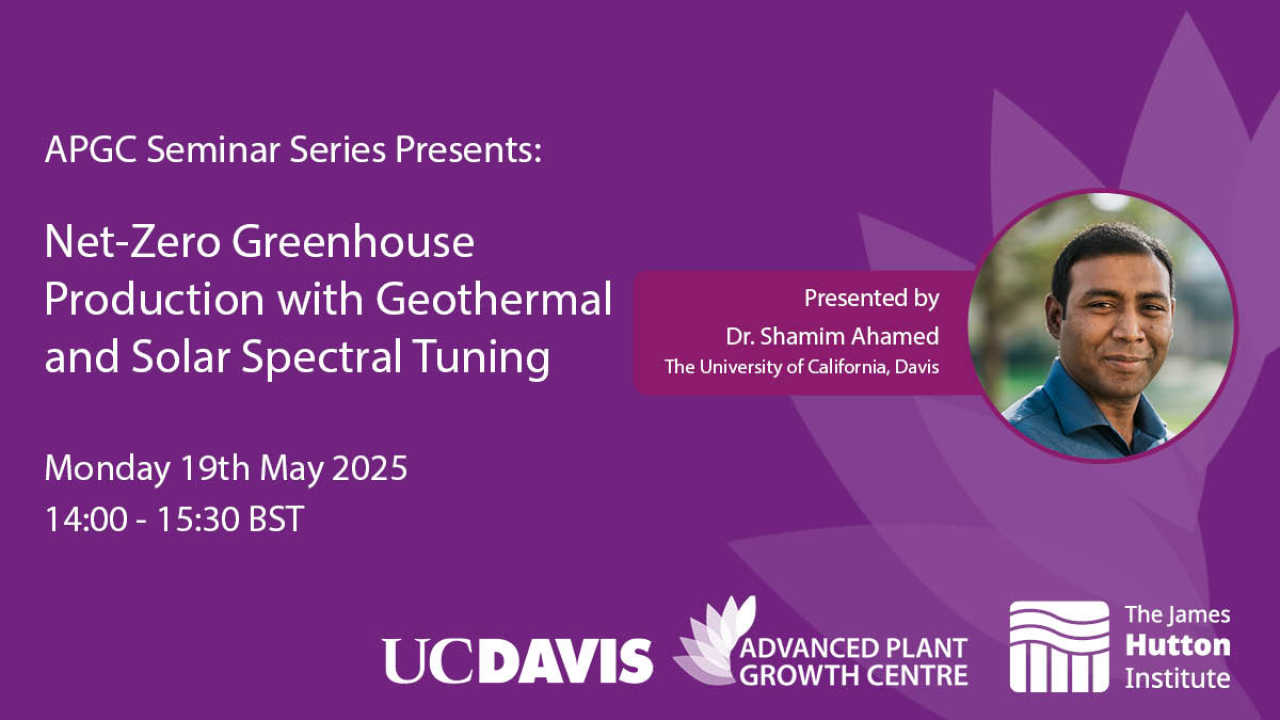
Summary
This talk explores innovative strategies for achieving net-zero energy goals in greenhouse-based controlled environment agriculture. It will highlight the design and performance of ground-source heat pumps and hybrid systems optimized for different climate zones.
The potential of agrivoltaics will also be discussed as a dual-benefit approach to reduce water and energy demand while producing clean, renewable electricity. In addition, the presentation will cover emerging solar spectral tuning technologies that enhance light-use efficiency and resource optimization in greenhouse production. This session offers practical insights into the sustainable integration of energy and light optimization, enabling resilient and energy-efficient greenhouse operations.
About the Speaker
Dr. Shamim Ahamed is currently working as an Assistant Professor in the Department of Biological and Agricultural Engineering at the University of California, Davis (UC Davis). Dr. Ahamed is leading the Controlled Environment Engineering lab at UC Davis and has been working on achieving net-zero food production with Controlled Environment Agriculture (CEA) systems like greenhouses, indoor vertical farming, and livestock barns. His research mainly focuses on thermal environment modeling, energy-efficient controls, and optimization of the heating, ventilation, air conditioning, dehumidification (HVACD), lighting, and hydroponic watering systems for precision control of indoor microclimates and root zone environments. His research area also spans automated fault detection and diagnosis of automatic control of HVACD systems and other control systems like nutrient management and CO2 enrichment, as well as lighting. The research goal is to provide sustainable and green solutions to increase economic viability and decrease the environmental impact of indoor food production.



